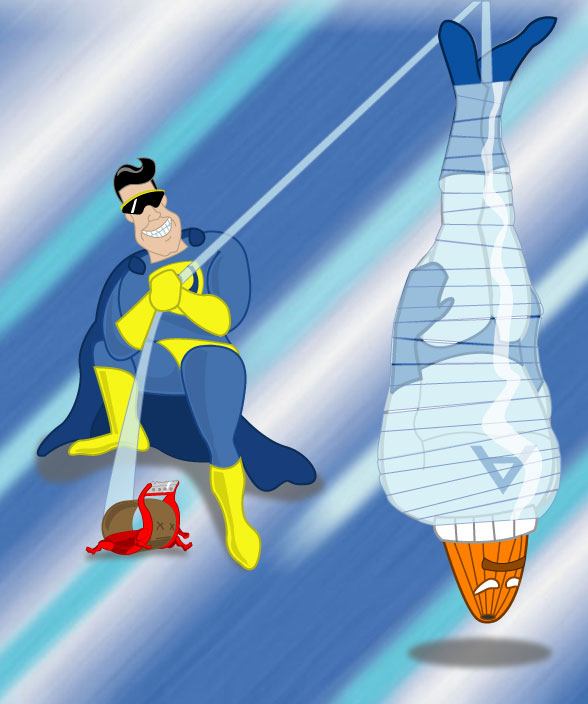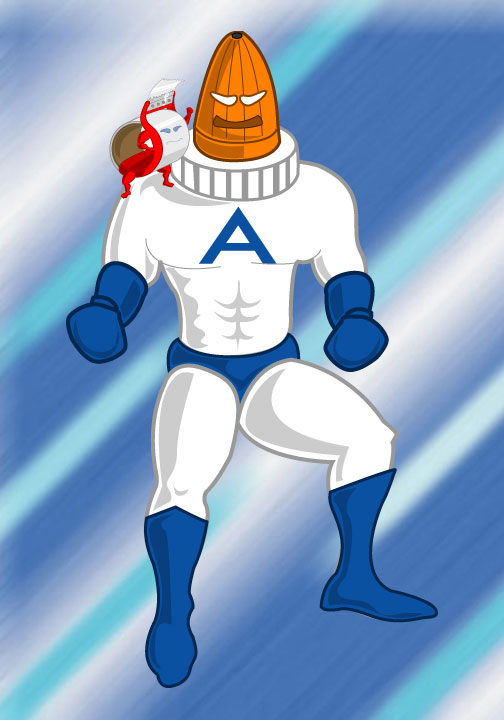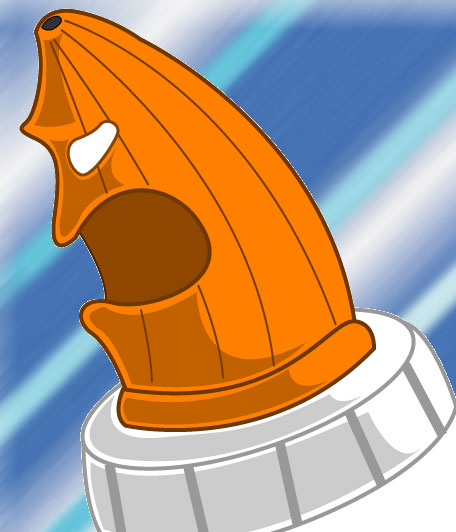 | written by:
Tiffany Vines
Tammy Loehrke
Jon Valasek |  | | 
The purpose of this activity is to: - test coating adhesion by the tape test.
- determine which coatings have the best and worst adhesion property.
- compare adhesion properties of coatings to other properties.
| |  - Coating samples in their original containers
- Glass slides
- Straightedge metric ruler that can read 1 mm, preferably steel
- A cutting tool – sharp razor blade, scalpel, knife or other cutting device
- Pressure sensitive tape; 1 inch wide
- Rubber Eraser (on the end of a pencil)
| |  | 
Manufacturers provide instructions for the use of their products, and these instructions should be followed completely. Protective gloves and lab coats should be used when preparing and handling the glass slides with coatings, and safety glasses should be used at ALL times. EXTREME CAUTION should be used at all times when handling sharp objects! | |  TEST METHOD A - X-CUT TAPE TEST
TEST METHOD B - CROSS-CUT TAPE TEST A lattice pattern with six cuts in each direction is made in the film, pressure sensitive tape is applied over the lattice and then removed, and adhesion is evaluated by comparison with descriptions and illustrations. - Obtain one glass slide of each coating from your teacher. Record important information from the label on the container.
- Select an area free of imperfections. Make sure that the surface is clean and dry.
- 3. Cut through the film in one steady motion, making a lattice. Make 6 cuts across the slide, and make 6 cuts perpendicular to the first 6 (making a 6 x 6 chart). When using the guide (ruler) to make your cuts, place the guide on the uncut area. Space the lattice cuts about 2 mm apart.
- 4. Place the end of the tape on the edge of the counter and pull the tape off the roll smoothly at a steady rate, not jerked, until about 3 in (75 mm) is removed, and cut it with the razor blade. DO NOT TOUCH the adhesive side of the tape.
- 5. Line up the cut edge of the glass slide with the tape and slowly bring the glass slide up, adhering the tape to the cut film. Smooth the tape into place by running your finger over the glass slide, and then use the eraser end of a pencil to rub the tape down firmly.
- 6. Slowly remove the tape from the counter edge by pulling up with the glass slide.
- 7. Within 90 ±30 seconds of application, remove the tape by laying the glass slide down on a flat counter and slowly pulling the free end of the tape back at a constant rate, not jerked, at as close to an angle of 180o as possible.
- 8. Inspect the lattice area for removal of coating from the glass slide and rate the adhesion in accordance with the following scale:
- 5B The edges of the cuts are completely smooth; none of the squares of the lattice is detached.
- 4B Small flakes of the coating are detached at intersections; less than 5% of the area is affected.
- 3B Small flakes of the coating are detached along edges and at intersections of cuts. The area affected is 5 to 15 % of the lattice.
- 2B The coating has flaked along the edges and on parts of the squares. The area affected is 15 to 35 % of the lattice.
- 1B The coating has flaked along the edges of cuts in large ribbons and whole squares have detached. The area affected is 35 to 65 % of the lattice.
- 0B Flakind and detachment worse than grade 1B.
- Record the adhesion rating for each film.
- Record any deviation from standard conditions, including roughness in the finish.
- Record all data and report your findings to the class as directed by your teacher.
| | | 
Obtain reported data from all of the other lab groups in your class as directed by your teacher. Compare and contrast the data. What conclusions can you draw from the data? Why is adhesion important? Where would you use stronger or weaker adhesive coatings? Why?
Compare the results of the adhesion test to other physical characteristics that you have already observed.
| |  | |






